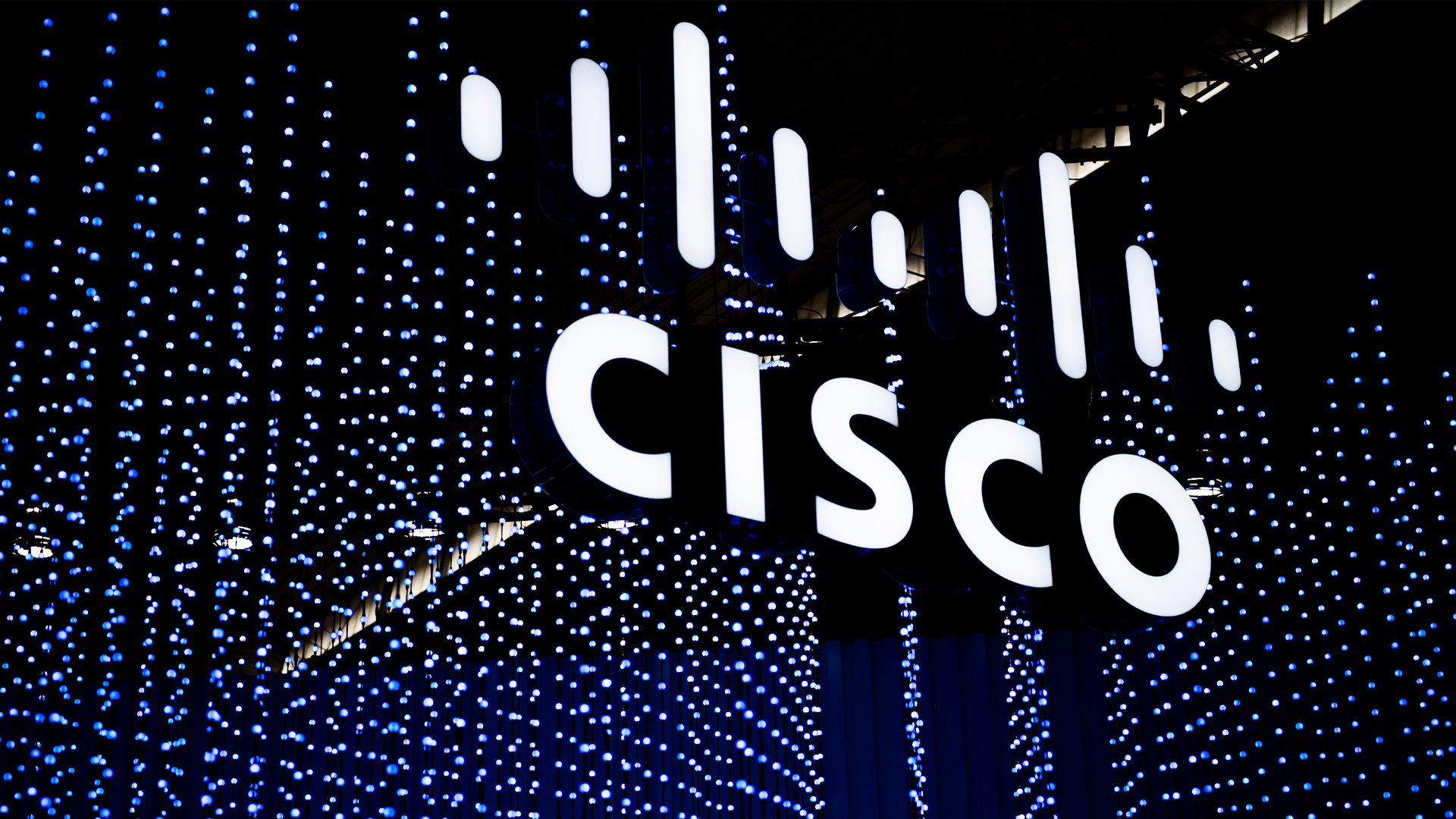It’s time for the channel to help underrepresented groups
Nurturing powerful channel partnerships has become crucial to reaching everybody

The pandemic, and associated shift to remote working, has been one of the most significant changes we’ve seen in recent decades. Businesses are debating whether they can return to office culture, and if not, what work may look like. This is already causing a knock-on impact for the channel, and providers that don’t adapt to a “service first” and agile approach could struggle.
COVID-19 has also underlined the important role the channel can play in bridging the gap between the technology that vendors have on offer, and the everyday needs of IT departments and the wider business. But we’re now in a situation where the channel is no longer just a means for businesses to get the technology they need. It also has the opportunity to make work easier for groups of individuals who’ve historically encountered difficulties, whether that’s parents returning to work or people with disabilities. Partners must play a vital role in wrapping technology around customers’ needs, integrating it with other tools and providing tailored customer service.
Finding the right technology
It’s never been more important for employees to have a seamless experience when working from home, but not all businesses have found it easy to provide their staff with the right tools and infrastructure they need to operate effectively in a distributed environment. This is particularly evident with individuals in underrepresented groups that may have been disrupted more significantly by COVID-19. The pandemic has shone a light on the need to address this gap and the channel’s ability to do so.
It’s likely that we’ll never go back to work in the same way as before, and technology must play a key role in enabling businesses and employees of all backgrounds and abilities to work within this new environment. The shift to remote working has increased the focus on collaboration and e-signature tools that make distributed working easier and smoother. The tech that thrives will be the platforms that bring together a host of tools, products and services that are already in the market and create a holistic and well-rounded view of how we work.
The customer is always right
IT resellers can fall into the trap of being too product-orientated and not listening carefully enough to what their customers actually need and building bespoke packages from this.
The current market is SaaS-dominated, which means that it's much easier for customers to switch suppliers. They can simply change with a click of a button, instead of having to undergo a complete digital overhaul which can be costly and disruptive. This seamlessness comes with both a challenge and an opportunity for the channel. On the one hand, should a channel organisation provide a solution that is suboptimal, there is always another one within easy reach. On the other, resellers and SIs can deploy new solutions quickly, and therefore rapidly make a big impact on how their customers’ IT functions and how they do business – if they choose the right approach.
With this in mind, partners must ensure that they are adaptable and can quickly identify how they can best address their customers' business and personal needs in order to not only retain customers but also see significant growth over the next year. It is also important for resellers to think about whether their solutions come with the right level of customer service and how they can improve on this to ensure that customers can continue to justify the service to internal stakeholders. This is especially important considering the financial dynamics of SaaS – as it is subscription-based, the solutions need to keep pace with the needs of the business to be worth the regular expense.
ChannelPro Newsletter
Stay up to date with the latest Channel industry news and analysis with our twice-weekly newsletter
Fostering close customer relationships
Nurturing these kinds of powerful partnerships have become particularly important. The pandemic has caused many businesses to fall into a ‘back to basics’ mindset where the focus, from a technological perspective, is to guarantee that everything’s functioning smoothly and to make the most out of the tools and systems they already have in place. This is particularly the case for SMBs, who often outsource their IT departments or don’t necessarily have easy access to technical skills.
But there’s an opportunity here for the channel to prove its value by helping customers to maximise their current digital solutions, helping them to streamline their business operations, all without the need for a complete digital overhaul. It’s this slight change in the mindset of channel partners that will truly put them ahead of the competition.
Resellers aren’t deploying solutions in a single location due to the proliferation of remote work; therefore the nature of employee to employee training has changed. The usage and adoption is key to the success of any new solution and organisations that are able to implement and increase productivity in remote environments will thrive.
Partners need to listen to customers’ circumstances, particularly if they’re in underrepresented groups, and guide them along the adoption journey of new tools. Adopting new technology is not an easy transition for everyone, and so by providing a high level of customer support and service, partners can ensure that all individuals have the potential to succeed when it comes to technology. This won’t only help develop new relationships and strengthen existing ones, but ultimately improve revenue streams.
The future of the channel
Within all of this change, an overarching theme of 2021 and beyond will be agility and the ability to adapt quickly. The key for the channel is to understand what businesses want and shift to these changing needs. Within this, it’s also important for partners to take into consideration the personal circumstances of their customers to ensure that they are providing them with the right technology for all employees.
If channel partners are to truly show their worth during such a turbulent time, then they need to be able to move with changing demands and getting closer to the customer is the best way to do this.
Tim Britt is head of EMEA channels at Dropbox
-
 Asus ZenScreen Fold OLED MQ17QH review
Asus ZenScreen Fold OLED MQ17QH reviewReviews A stunning foldable 17.3in OLED display – but it's too expensive to be anything more than a thrilling tech demo
By Sasha Muller
-
 How the UK MoJ achieved secure networks for prisons and offices with Palo Alto Networks
How the UK MoJ achieved secure networks for prisons and offices with Palo Alto NetworksCase study Adopting zero trust is a necessity when your own users are trying to launch cyber attacks
By Rory Bathgate
-
 Cisco names Oliver Tuszik as global sales chief
Cisco names Oliver Tuszik as global sales chiefNews Cisco has announced the appointment of Oliver Tuszik as its new executive vice president of global sales, who replaces Gary Steele.
By Daniel Todd
-
 Katun targets accelerated growth, greater collaboration with new partner portal
Katun targets accelerated growth, greater collaboration with new partner portalNews Printing and imaging specialist Katun has announced the launch of its new Katalyst Partner Portal, designed specifically to drive channel collaboration.
By Daniel Todd
-
 ‘Here in the European market, I think we are in a good position’: DocuWare CEO Dr Michael Berger on the company’s rapid growth
‘Here in the European market, I think we are in a good position’: DocuWare CEO Dr Michael Berger on the company’s rapid growthNews ChannelPro sat down with DocuWare CEO Michael Berger to discuss the company's rapid growth and channel strategy.
By Bobby Hellard
-
 Group-IB launches partner program as channel-first strategy kicks off in Europe
Group-IB launches partner program as channel-first strategy kicks off in EuropeNews The vendor said the initiative reflects its commitment to building a resilient cyber security ecosystem across Europe
By Daniel Todd
-
 Datatonic eyes fresh growth drive with new CEO appointment
Datatonic eyes fresh growth drive with new CEO appointmentNews Datatonic has announced the appointment of Scott Eivers as its new CEO as the enterprise data and AI solutions provider looks to its next phase of growth.
By Daniel Todd
-
 Marketing talent brain drain could stunt channel partner success
Marketing talent brain drain could stunt channel partner successNews Valuable partner marketing skills are at risk of being lost as the structure of channel marketing teams continues to shift, according to new research.
By Daniel Todd
-
 LevelBlue launches new partner program that’s “built for the future”
LevelBlue launches new partner program that’s “built for the future”News The new partner initiative features a flexible, consumption-based model to help partners drive revenue
By Daniel Todd
-
 SonicWall pins ‘transformational year’ on strong partner growth
SonicWall pins ‘transformational year’ on strong partner growthNews The vendor’s channel-first strategy has fueled a 42% year-over-year increase in overall partner growth
By Daniel Todd